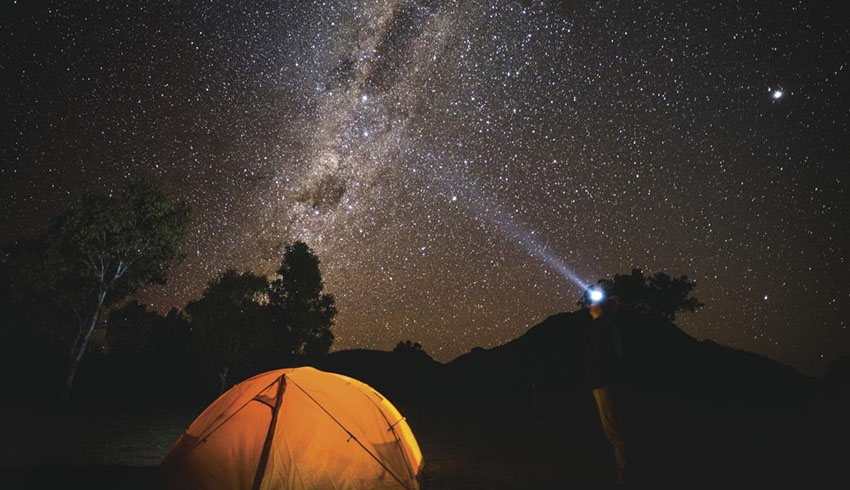
Warrumbungle in central NSW is Australia’s only International Dark-Sky Association (IDA) recognised International Dark Sky Park and home to the Siding Spring observatory and Australia’s largest astronomical telescope.
The US website gobankingrates.com placed Warrumbungle number one on the list of six awe inspiring sites to go stargazing.
The website said the night sky is in too many places diminished by light pollution from all those street lights, billboards and blinking towers blotting out the stars in major cosmopolitan centres and modest cities alike.
“But in some places, seeing the constellations isn’t just easy. It’s gorgeous beyond belief,” it said.
Warrumbungle comes in ahead of the !Ae!Hai Kalahari Heritage Park, South Africa; Gabriela Mistral, Chile; Winklmoosalm, Germany; Waterton-Glacier International Peace Park on the US-Canada border; and Flagstaff Area National Monuments, Arizona, US.
As a US finance related website, gobankingrates.com cites entry costs for the various parks. As a national park, Warrumbungle isn’t free to enter but it’s more than competitive with the South African park (US$319 per day).
Warrumbungle was chosen in 1962 to be the location for Australia’s premier astronomical observatory as the suburbs of Canberra and their associated light pollution encroached on the Mount Stromlo Observatory.
Siding Spring was developed in the 1970s. It was listed as a Dark Sky Park in July 2016.
The IDA said Warrumbungle’s status as the first IDA Dark Sky Park in Australia was a natural extension of the work it has done for years to contain threats to the observatory site through outdoor lighting policy and regional planning.
The National Park has increased opportunities for all visitors to take in remarkably dark night skies, whether or not they visit the observatory, it said.
The IDA lists 73 Certified IDA International Dark Sky Parks, most in the US. Some are associated with observatories.
IDA said an IDSP is an area of land possessing an exceptional or distinguished quality of starry nights and a nocturnal environment that is specifically protected for its scientific, natural, educational, cultural heritage, and/or public enjoyment.
Such land may be publicly or privately owned, provided that landowners agree to the right of permanent, ongoing public access to specific areas.
Receive the latest developments and updates on Australia’s space industry direct to your inbox. Subscribe today to Space Connect here.








